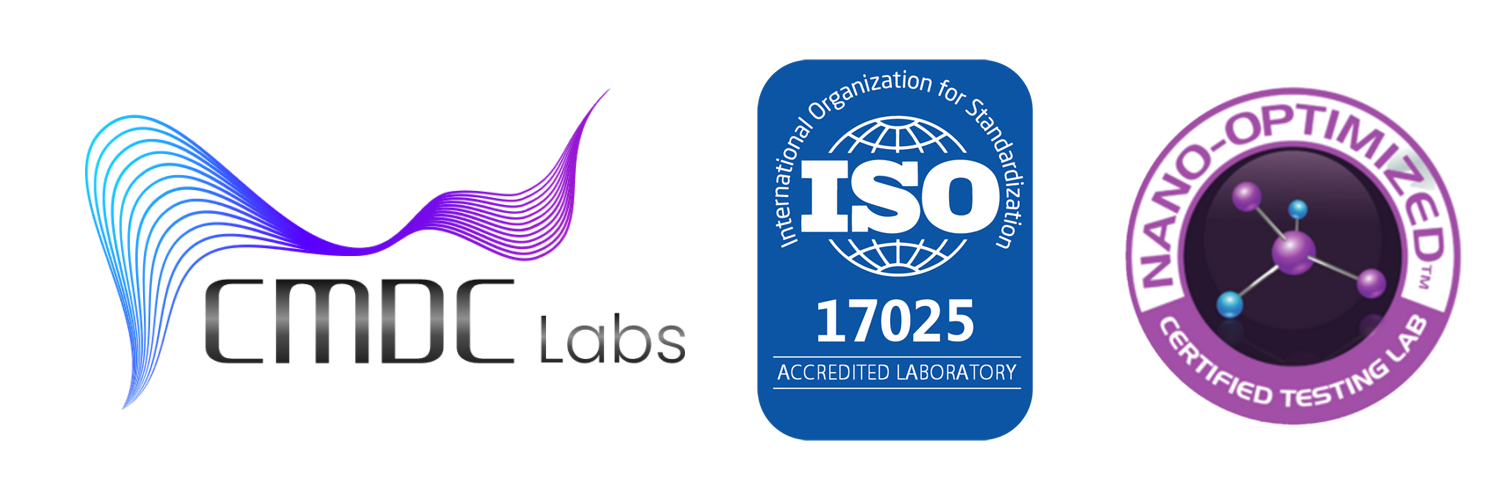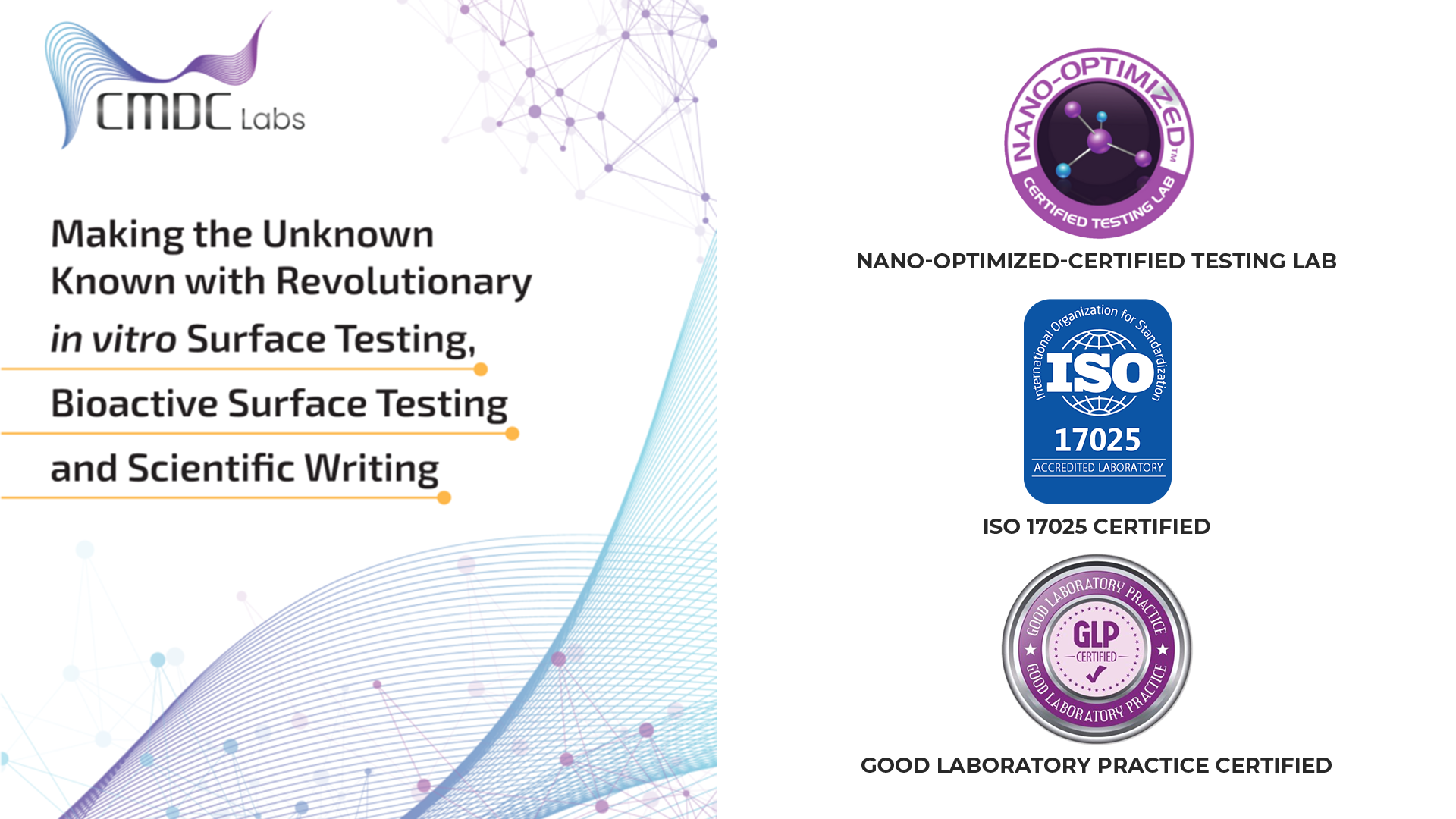Sterility testing is a cornerstone of pharmaceutical and medical device manufacturing, ensuring the absence of viable microorganisms in products intended for patient use. Over the years, the landscape of sterility testing has evolved significantly, driven by advancements in technology, regulatory requirements, and the need for greater sensitivity and efficiency. In this article, we explore the evolution of sterility testing from traditional methods outlined in USP <71> to the adoption of advanced techniques that offer enhanced reliability and sensitivity.
The Traditional Approach: USP <71> and Membrane Filtration Historically, sterility testing relied on methods outlined in the United States Pharmacopeia (USP) Chapter <71>, which primarily involved membrane filtration and direct inoculation techniques. Membrane filtration, a widely used method, involves passing a sample through a sterilizing-grade filter membrane, followed by incubation on suitable media to detect microbial growth. While effective, traditional sterility testing methods have limitations, including long incubation periods, low detection sensitivity, and the inability to detect viable but non-culturable microorganisms.
The Need for Advanced Methods: Challenges and Limitations Despite its widespread use, traditional sterility testing has faced criticism due to inherent limitations and challenges, including:
- Lengthy Incubation Periods: Traditional methods often require prolonged incubation periods, ranging from several days to weeks, delaying product release and time-to-market.
- Low Sensitivity: The detection limit of traditional sterility testing methods may not be sufficient to detect low levels of microbial contamination, particularly for products with antimicrobial properties or low bioburden.
- False-Negative Results: Certain antimicrobial agents or processing residues present in products can inhibit microbial growth during testing, leading to false-negative results and underestimation of microbial contamination.
- Inability to Detect Viable But Non-Culturable Organisms: Traditional methods may fail to detect viable but non-culturable microorganisms, which can pose a risk to patient safety despite being non-viable under standard culture conditions.
The Rise of Advanced Sterility Testing Methods To address the limitations of traditional sterility testing, the industry has witnessed the adoption of advanced methods that offer improved sensitivity, shorter turnaround times, and enhanced reliability. Some of the notable advancements include:
- Rapid Microbiological Methods (RMM): Rapid microbiological methods, such as automated microbial detection systems, nucleic acid amplification techniques (e.g., PCR), and ATP bioluminescence assays, offer faster results and greater sensitivity compared to traditional culture-based methods.
- Validation and Implementation of Alternative Methods: Regulatory agencies, including the FDA and EMA, have recognized the value of alternative sterility testing methods and provided guidelines for their validation and implementation in pharmaceutical and medical device manufacturing.
- Automation and Robotics: Automation and robotics have revolutionized sterility testing by streamlining sample handling, reducing human error, and increasing throughput, thereby improving efficiency and reliability.
- Emerging Technologies: Advances in imaging techniques, microfluidics, and nanotechnology hold promise for the development of next-generation sterility testing methods with unprecedented sensitivity and specificity.
CMDC Labs’ Approach to Advanced Sterility Testing At CMDC Labs, we embrace the latest advancements in sterility testing to meet the evolving needs of our clients in the pharmaceutical and medical device industries. Our approach integrates validated rapid microbiological methods, cutting-edge instrumentation, and a commitment to quality and compliance to deliver reliable and timely sterility test results. By leveraging advanced technologies and expertise, we ensure the safety, efficacy, and regulatory compliance of our clients’ products, driving innovation and excellence in sterility testing.
Conclusion: The evolution of sterility testing from traditional methods outlined in USP <71> to advanced techniques represents a significant milestone in pharmaceutical and medical device manufacturing. As the industry continues to embrace innovation and technological advancements, the adoption of rapid microbiological methods, alternative techniques, and automation will play a crucial role in enhancing the reliability, efficiency, and sensitivity of sterility testing. At CMDC Labs, we remain at the forefront of this evolution, providing cutting-edge sterility testing solutions to support the development and manufacturing of safe and effective healthcare products.

